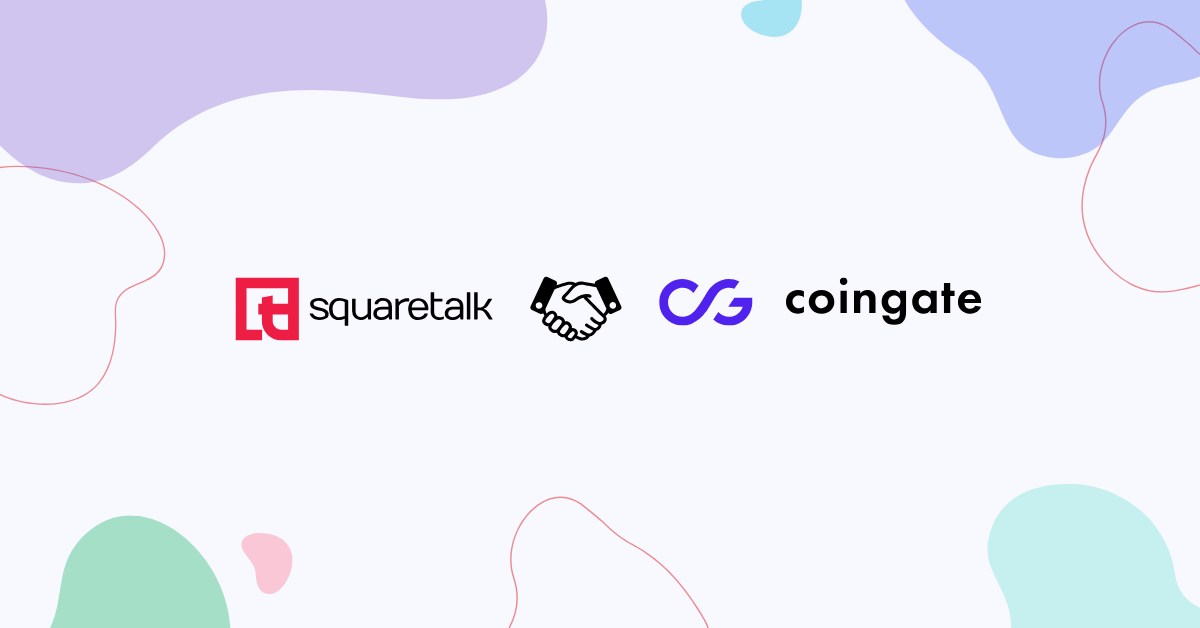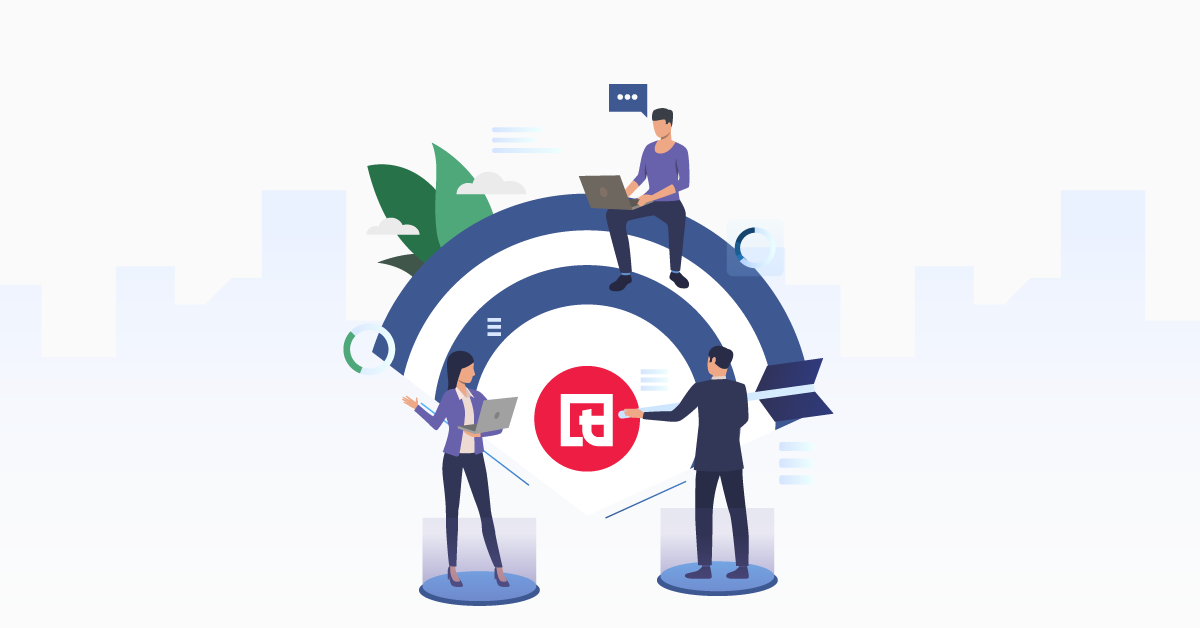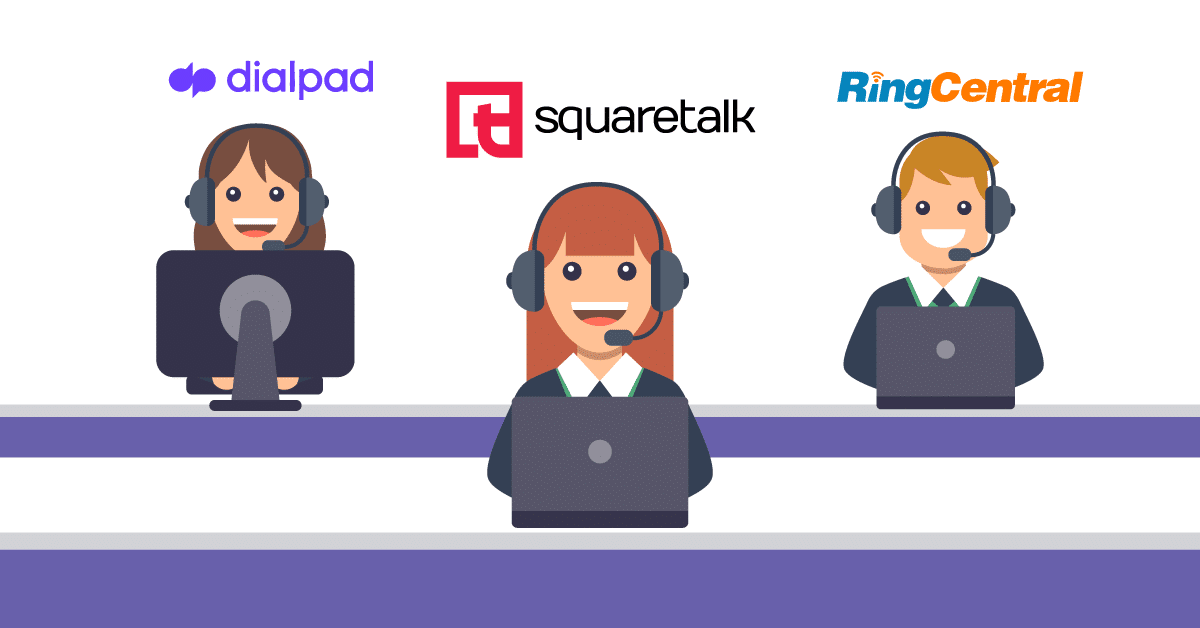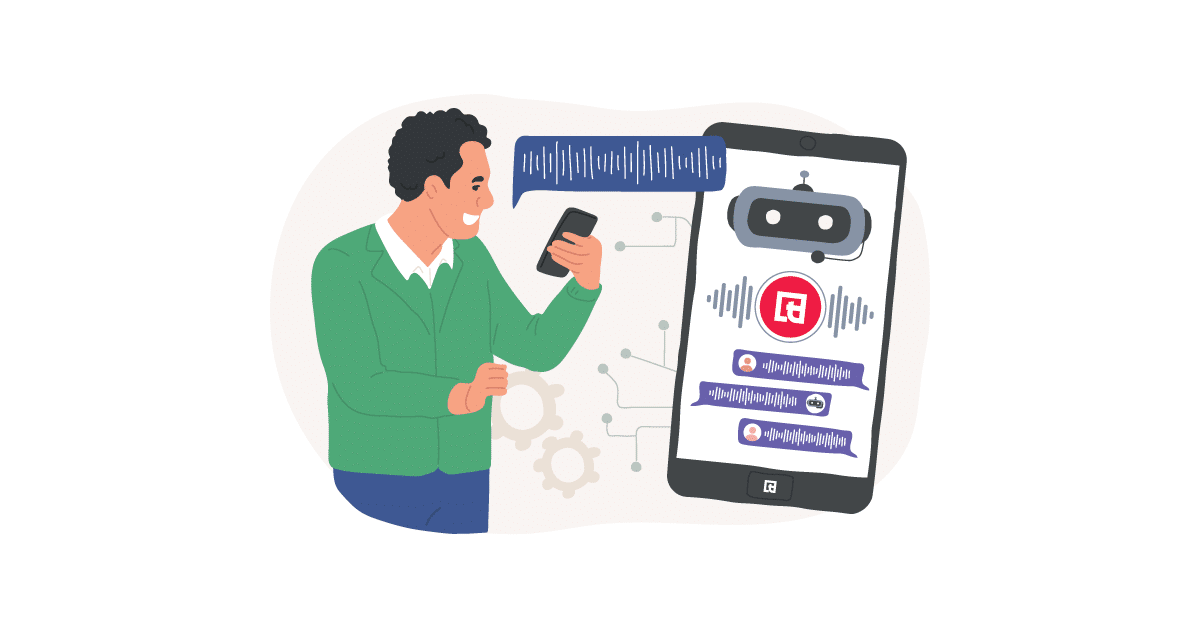One of the most important functions of a call center is having an invisible queue. It is the most appreciated service from customers that connects them with your representatives. More than half of a customer’s experience is influenced by emotions, according to research, making emotions a powerful motivator for customers. The company begins to represent itself even before the customer interacts with customer service after phoning the company’s number. The happiness of anyone you could have on hold is strongly correlated with the number at the bottom of your company’s income statement. That is why the emotional connection strategy must start with invisible queue management.
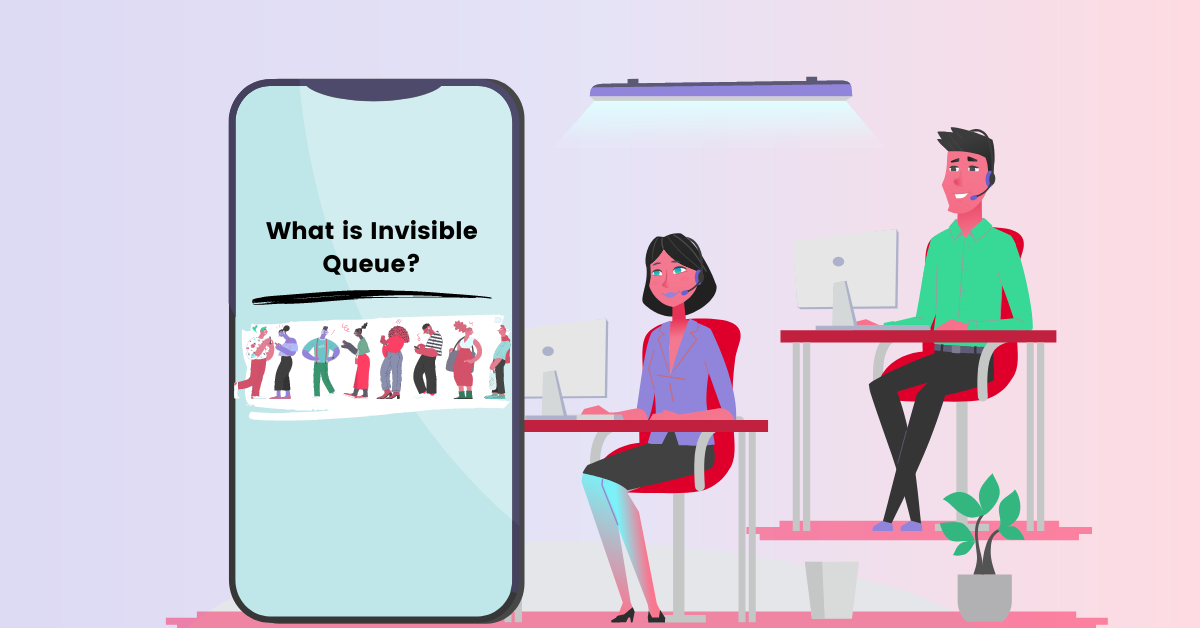
How an invisible queue can benefit your business?
Generally speaking, an invisible queue enables users to wait in a virtual line rather than a real one. Invisible queues work by allowing customers to join the queue using their mobile devices or a dedicated kiosk. Once they have joined a queue, customers are notified when it is their turn to be served. This alert may come in the form of a text message, email, or app notification. To increase customer satisfaction and decrease wait times, this approach is frequently employed in service-related businesses like call centers. What is more, statistics show that if a customer’s call is not answered right away, 34% of callers hang up and never call again.
However, the primary benefit of invisible queues is that they provide clients with a more pleasant and comfortable waiting experience. Your wait times can be kept within a healthy statistical range with the help of the appropriate software, training, management, and strategy, and they may even be pushed above industry averages. What is more, scalable solutions guarantee effectiveness and are essential during seasonal changes and peak hours. There are a number of systems and strategies that could help your call center by offering customers a more convenient and comfortable waiting experience, businesses can increase customer loyalty and improve their bottom line. Here are some of them.
1. IVR systems
It is no secret that Customers’ needs vary, and your agents’ levels of competence do as well. It is crucial that callers are connected with the appropriate departments or agents right away.The Interactive Voice Response systems are a valuable tool for business, especially for call centers when callers try to navigate themselves to a specific department or specialists of their choice. They can solve simple problems without requiring interaction from an agent. The effectiveness of the ability to swiftly authenticate an account using a phone number and pin and subsequently deliver desired information, like a bill amount, is less in its capacity to improve customer perception and more in its capacity to prevent adding complexity to the system.
IVR systems can also give clients further information, such as contact details and opening hours. Furthermore, the systems can also be used by businesses to collect information on customer wait times and patterns that will help them provide better service in the future.
2. Call back features
Waiting on a phone line for a long period of time could significantly affect the emotional connection between the customer and the company. Additionally, organizations like ASA (Average Speed of Answers) and SLA have discovered that while achieving an ASA of 20 seconds during peak volumes is expensive, the difference in caller dissatisfaction between someone who has their call answered in 20 seconds compared to someone who waits 60 seconds is negligible. Instead of waiting on hold, your customer would much rather be communicating with the outside world. This is why, another solution that may help your business is for the caller to keep their place in the queue using a virtual queue without having to stay on the phone. In reality, the offer to call them back produces a sense of relief and gratitude towards the customer’s time. What is more, it results in increasing customer satisfaction levels, a decrease in abandonment rates, and an increase in sales revenues.
3. Call recording
Call recording is an essential tool for call centers, as it allows managers and supervisors to monitor and evaluate the performance of agents and sales, and ensure that they are providing high-quality services. This tool allows the company to overlook its process of work and see if there are any downfalls during the process of the overall experience of the customer with the company. Additionally, listening to calls will reveal to center management any potential areas for knowledge expansion as well as reduce any errors while navigating callers.
In addition, call recording can also help managers to identify patterns of customer behavior and to anticipate future issues and concerns. This can help to proactively address customer issues and improve the overall customer experience.
The Bottom line
In general, businesses can use invisible lines as a technique to increase customer satisfaction and shorten wait times. Businesses may boost customer loyalty and boost their bottom line by providing consumers with a more pleasant and enjoyable waiting experience.


